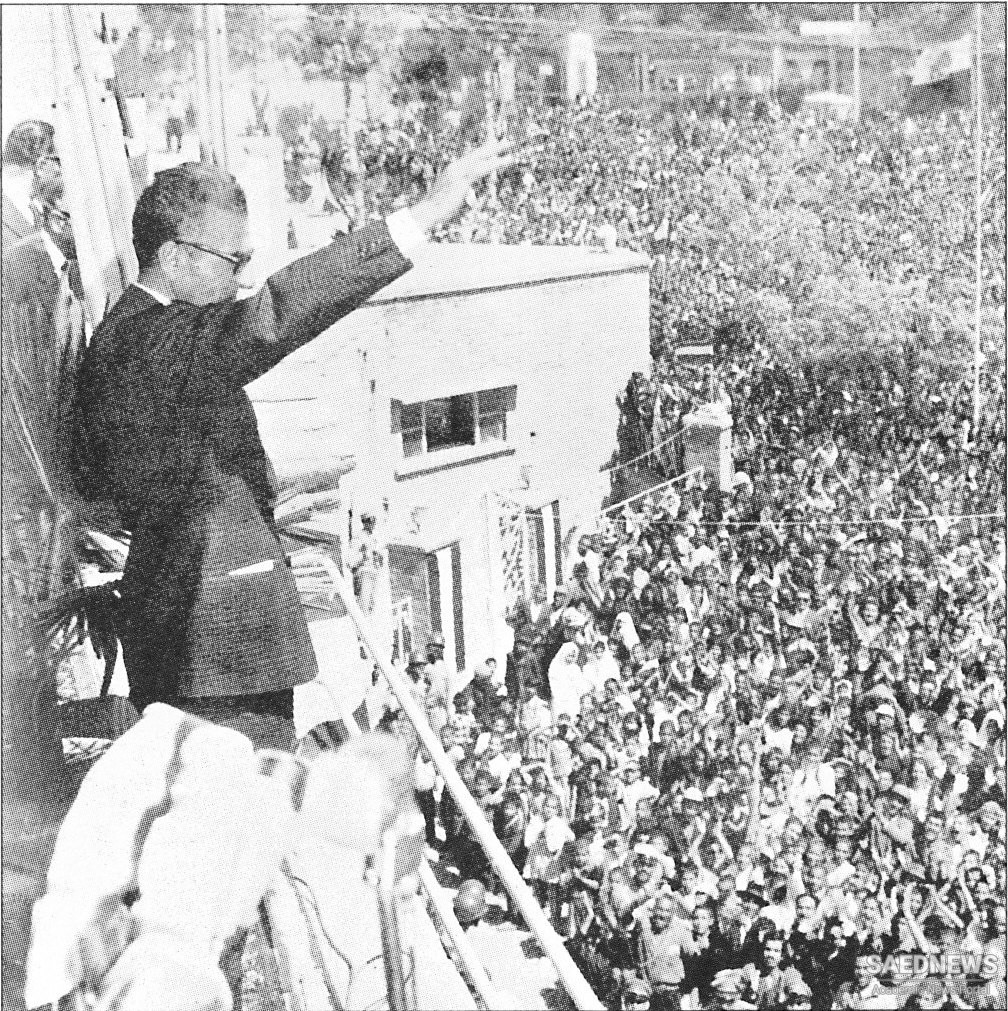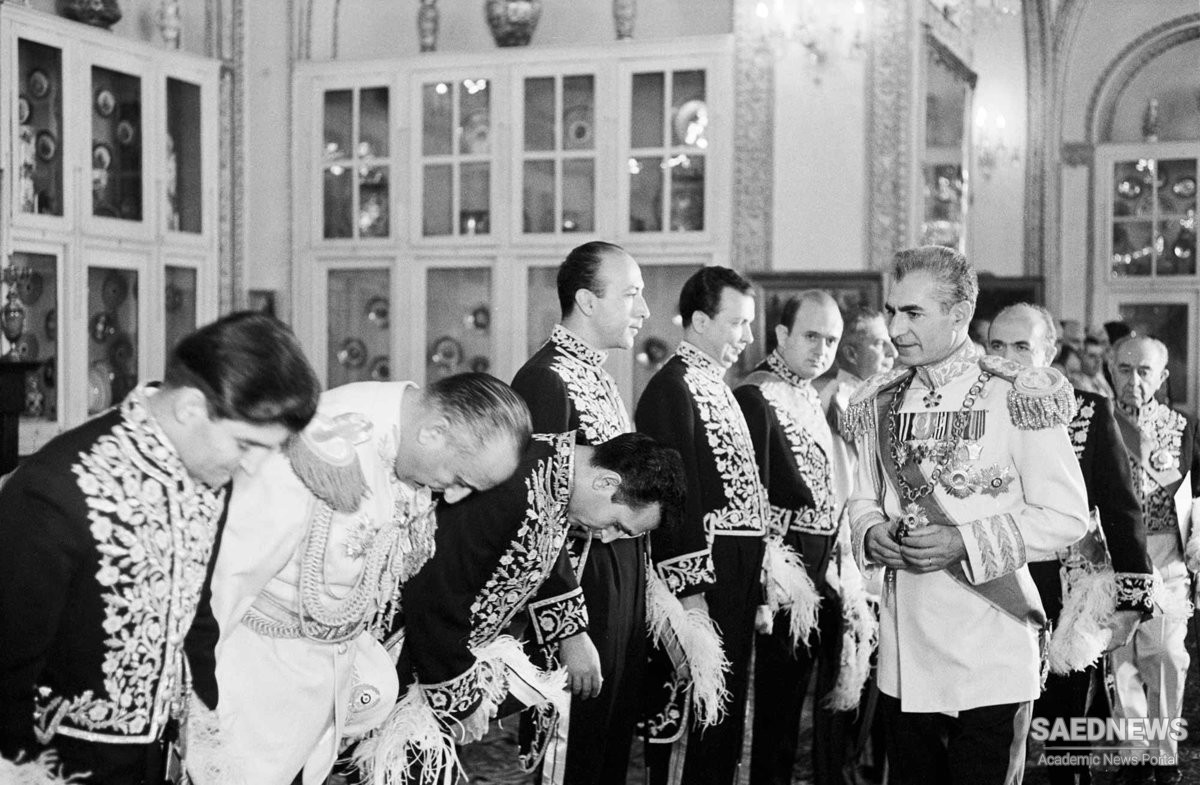The period 1960–63 marked a turning point in the development of the Iranian state. Industrial expansion was promoted by the Pahlavi regime, while political parties that resisted the shah’s absolute consolidation of power were silenced and pushed to the margins. In 1961 the shah dissolved the 20th Majles and cleared the way for the land reform law of 1962. Under this program, the landed minority was forced to give up ownership of vast tracts of land for redistribution to small-scale cultivators. The former landlords were compensated for their loss in the form of shares of state-owned Iranian industries. Cultivators and workers were also given a share in industrial and agricultural profits, and cooperatives began to replace the large landowners in rural areas as sources of capital for irrigation, agrarian maintenance, and development. The land reforms were a mere prelude to the shah’s “White Revolution,” a far more ambitious program of social, political, and economic reform. Put to a plebiscite and ratified in 1963, these reforms eventually redistributed land to some 2.5 million families, established literacy and health corps to benefit Iran’s rural areas, further reduced the autonomy of tribal groups, and advanced social and legal reforms that furthered the emancipation and enfranchisement of women. In subsequent decades, per capita income for Iranians skyrocketed, and oil revenue fueled an enormous increase in state funding for industrial development projects (Source: Britanica).



 Imam Khomeini Founder of Islamic Revolution: Educational Career
Imam Khomeini Founder of Islamic Revolution: Educational Career














































